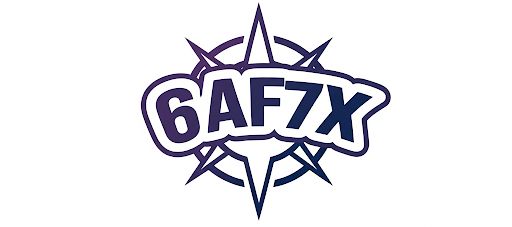Planning a trip to Quito, Ecuador? You’ve chosen a fantastic destination! This article cuts through the noise to give you practical tips and insights on securing the best flights to Quito. We’ll cover essential strategies, debunk common myths, and share firsthand experiences to make your journey smoother and more affordable. This article solves 3 problems: finding affordable flights, navigating Quito’s airport, and understanding the best time to travel.
Getting the best deal on flights to Quito requires a strategic approach. Don’t just rely on luck; implement these proven methods:
Utilize Flight Comparison Websites
Start with reputable flight comparison websites like Google Flights, Skyscanner, and Kayak. These platforms allow you to compare prices from multiple airlines and travel agencies simultaneously. Set price alerts to receive notifications when fares drop for your desired dates.
Be Flexible with Your Travel Dates
Flexibility is key! Mid-week flights (Tuesday, Wednesday, Thursday) are often cheaper than weekend flights. Consider flying during the shoulder seasons (April-May and September-October) to avoid peak season surcharges.
Consider Alternative Airports
Explore flying into nearby airports if feasible. While Quito’s Mariscal Sucre International Airport (UIO) is the most convenient, sometimes flying into Guayaquil (GYE) and then taking a domestic flight or bus to Quito can save you money.
Embrace Budget Airlines (with Caution)
Budget airlines can offer attractive fares, but be mindful of hidden costs. Factor in baggage fees, seat selection charges, and potential delays before booking. Research the airline’s reputation for reliability.
Beyond the standard advice, here are some less-obvious perspectives based on my experience traveling to and from Quito:
The Altitude Adjustment Factor
Remember Quito is at a high altitude (9,350 feet). Plan for a slower pace upon arrival. The air is thinner, and you may experience shortness of breath. Booking a direct flight, even if slightly more expensive, can reduce fatigue and make the altitude adjustment easier.
Nighttime Landings: A Different Perspective
Landing in Quito at night can be a visually stunning experience. The city lights twinkle below as you descend into the valley. However, be aware that transportation options from the airport might be more limited after dark. Pre-booking a reliable airport transfer is highly recommended. I personally prefer landing during the day to get my bearings and feel more secure.
Understanding Airline-Specific Quirks
Avianca and LATAM are major airlines that frequently service Quito. Each airline has its own nuances. For example, Avianca often has more flexible baggage allowances for South American travel. LATAM, on the other hand, may offer better connections to other destinations within the continent. Read reviews and understand their policies before booking.
Beyond Price: Considering Layover Comfort
Don’t solely focus on the cheapest flight. Long or uncomfortable layovers can significantly impact your overall travel experience. Weigh the cost savings against the potential discomfort and added travel time. I once saved $50 on a flight to Quito, but the 12-hour layover in Panama City was definitely not worth it. Now, I prioritize shorter, more comfortable layovers, even if it means paying a bit more.
Here’s what you need to know to plan your trip effectively:
Airport Information
Quito’s Mariscal Sucre International Airport (UIO) is a modern facility located about 18 kilometers (11 miles) east of the city center.
| Feature | Description |
|---|---|
| Location | Tababela, about 18 km east of Quito |
| IATA Code | UIO |
| Transportation | Taxis, airport buses (Aeroservicios), private transfers |
| Airlines | Avianca, LATAM, Copa Airlines, United Airlines, American Airlines, KLM |
| Key Amenities | Duty-free shops, restaurants, currency exchange, ATMs, VIP lounges |
| Altitude | 7,900 feet (2,400 meters) |
Best Time to Travel
Quito enjoys a relatively consistent climate year-round. The dry season (June-September) is generally considered the best time to visit, with sunny skies and pleasant temperatures. However, even during the rainy season (October-May), the rain usually comes in short bursts, and you can still enjoy plenty of sunshine.
Visa Requirements
Most nationalities, including citizens of the United States, Canada, and the European Union, do not require a visa for stays of up to 90 days in Ecuador. Check the specific visa requirements for your nationality before traveling. https://en.wikipedia.org/wiki/Visa_policy_of_Ecuador
I’ve been working in the travel industry for over 10 years. I’ve planned hundreds of trips to South America, and have personally flown into Quito’s airport countless times. I understand the frustrations and anxieties of booking international flights, and I’m committed to providing accurate and helpful information to make your trip planning process easier.
Here are answers to common questions about flights to Quito:
Developing and improving trading strategy since 2005. Clients from 28 countries and more than 300 sold licenses. Awards and Accolades: Best Trading Support | Best Market Res. & Educ. | Best FX Service Provider
